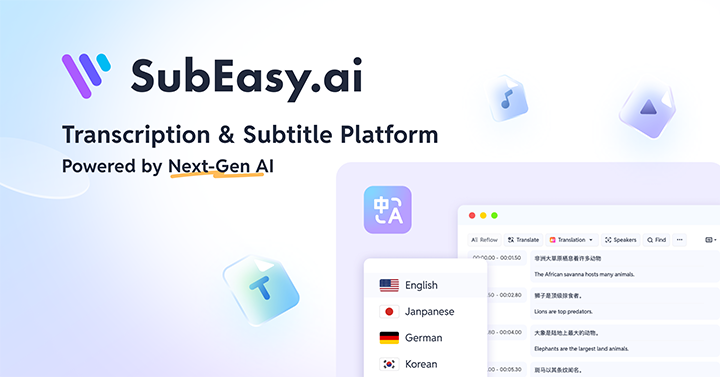Mastering Korean to English Translation: Essential Tips and Techniques
Korean is a beautifully complex language with distinct sentence structures, honorifics, and cultural expressions.
Translating Korean to English accurately requires more than just language knowledge — it demands cultural sensitivity and linguistic adaptability.
In this guide, we’ll explore the best practices to ensure high-quality Korean to English translations.
Challenges in Korean to English Translation

- Sentence Order: Korean sentences typically follow Subject-Object-Verb (SOV) order, unlike English’s Subject-Verb-Object (SVO) structure.
- Honorifics: Korean has multiple levels of speech politeness, which may not have direct English equivalents.
- Omitted Subjects: Korean often omits subjects when context is clear, which must be carefully inferred during translation.
Best Methods for Translating Korean to English

1. Use an AI-Powered Online Platform
Tips for Better Korean to English Translation Platforms like SubEasy offer accurate Korean audio and text translations into English with minimal effort.
Benefits:
- Handles formal and informal speech distinctions.
- Fast processing and high accuracy.
- Easy editing and subtitle generation options.
2. Work with Professional Human Translators
Especially useful for:
- Legal contracts
- Official documents
- Academic research papers
A human translator ensures the nuances of Korean culture and politeness levels are properly conveyed.
3. Combine Machine Translation with Human Proofreading
Generate a first draft automatically and then manually polish the translation to ensure fluency and naturalness.
Tips for Better Korean to English Translation

- Always consider context: Korean meaning often heavily relies on context.
- Adapt politeness appropriately: Maintain a respectful tone when necessary.
- Clarify ambiguous subjects: When in doubt, infer based on context but ensure clarity in English.
Common Mistakes to Avoid
- Literal translations that sound unnatural
- Misinterpreting honorifics and formality
- Ignoring implied subjects or objects
Conclusion
Translating Korean to English requires deep understanding, cultural awareness, and careful adaptation.
With tools like SubEasy and a focus on context and tone, you can achieve translations that sound natural and accurate.
Ready to bridge the language gap from Korean to English? Try SubEasy today!
If you're also interested in mastering Italian translations, don't miss our guide on translating Italian to English.


